Aure Chemical Delivers Excellence in Carbon Disulfide (CAS 75-15-0)
Aure Chemical is a premier global supplier of high-quality Carbon Disulfide (CS₂). Identified by its CAS number 75-15-0, this volatile, clear, colorless liquid has a characteristic strong, sometimes unpleasant odor. Due to its unique solvency properties and chemical reactivity, Carbon Disulfide is a highly versatile and indispensable compound, serving as a critical solvent for various materials and a fundamental raw material in the production of numerous industrial and agricultural chemicals. Its wide-ranging applications include the manufacturing of rayon, cellophane, rubber accelerators, and pesticides. Aure Chemical's unwavering commitment to excellence ensures that our Carbon Disulfide meets the stringent purity and performance requirements for your most demanding industrial and synthetic applications, guaranteeing consistency and reliability.
Basic Information of Carbon Disulfide
Carbon Disulfide (CAS No. 75-15-0) is meticulously produced and rigorously tested to meet stringent quality standards. We ensure exceptional purity and consistent performance, essential for your critical processes:
| CAS No.: | 75-15-0 |
|---|
| EC No.: | 200-843-6 |
|---|
| Linear Formula: | CS₂ |
|---|
| Molecular Weight: | 76.14 |
|---|
| Odor: | Transparent Liquid |
|---|
| Appearance: | Cabbage-like odor |
|---|
| Melting Point: | -112--111 °C (lit.) |
|---|
| Boiling Point: | 46 °C (lit.) |
|---|
| Density: | 1.266 g/mL at 25 °C (lit.) |
|---|
| Solubility: | Very slightly soluble in water. Miscible with most organic solvents, including alcohols, ethers, benzene, and chloroform. |
|---|
| Flammability | Extremely flammable liquid and vapor, with a very low autoignition temperature. Forms explosive mixtures with air. |
|---|
| Toxicity | Highly toxic via inhalation, ingestion, and skin absorption. Requires careful handling and ventilation. |
|---|
| RIDADR: | UN 1131 3/PG 1 |
|---|
| Chemical Structure: | 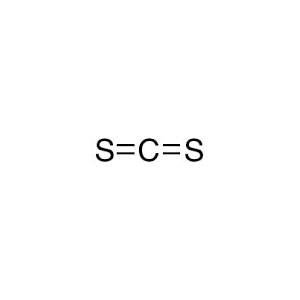 |
|---|
Our commitment to delivering high-purity Carbon Disulfide ensures a reliable and efficient component for your critical chemical processes, offering consistent quality for diverse industrial needs.
Primary Applications of Carbon Disulfide
Carbon Disulfide's exceptional solvency, reactivity, and sulfur content make it an invaluable compound with diverse applications across several industries:
Manufacturing of Viscose Rayon and Cellophane:
This is one of its largest industrial applications. Carbon Disulfide is a key reagent in the viscose process, where it reacts with cellulose to form cellulose xanthate, which is then spun into rayon fibers or cast into cellophane films.
Solvent:
It is an excellent solvent for nonpolar substances such as sulfur, phosphorus, iodine, fats, waxes, resins, and rubber. This property is utilized in various extraction and purification processes.
Rubber Chemical Production:
It is a vital raw material for synthesizing rubber accelerators (e.g., thiocarbamates, thiurams) and vulcanizing agents, which are essential for improving the properties and processing of rubber.
Pesticide and Agrochemical Synthesis:
Carbon Disulfide is used as an intermediate in the production of various pesticides, fungicides, and herbicides, including dithiocarbamates, contributing to crop protection.
Chemical Intermediate:
It serves as a versatile chemical intermediate in the synthesis of a wide range of organic sulfur compounds, including xanthates, thiocyanates, and various specialty chemicals.
Fumigant:
Historically and in some specific agricultural contexts, Carbon Disulfide has been used as a fumigant for grains and other stored products to control pests. However, due to its flammability and toxicity, its use as a fumigant is highly regulated and often replaced by safer alternatives.
Why Choose Aure Chemical for Your Carbon Disulfide Supply?
Aure Chemical is dedicated to providing superior chemical solutions and unparalleled customer support. By partnering with us for your Carbon Disulfide requirements, you benefit from:
Exceptional Purity & Consistent Quality: Our Carbon Disulfide is manufactured to stringent purity specifications, crucial for ensuring optimal performance in its various industrial applications, from solvent use to complex chemical syntheses.
Reliable Global Supply Chain: We maintain a robust and efficient supply network, guaranteeing timely and secure delivery of this volatile and flammable chemical to your facilities worldwide, adhering to all strict safety and regulatory standards for hazardous materials.
Expert Technical Support: Our team of experienced chemists and specialists is readily available to offer comprehensive guidance on product application, safe handling procedures, and optimal storage conditions for Carbon Disulfide, given its unique hazard profile.
Commitment to Quality & Safety: We adhere to the highest industry standards for quality management, safety, and environmental responsibility across all our operations, ensuring peace of mind for our clients.
Choose Aure Chemical for a trustworthy and dependable supply of high-quality Carbon Disulfide. We're ready to support your most demanding and innovative industrial processes.
Hazards Classification
GHS Classification: Flammable Liquid (GHS02), Acute Toxicity (GHS06), Health Hazard (GHS08), Skin Corrosion/Irritation (GHS07)
Hazard Statements: Highly flammable liquid and vapor; toxic if swallowed, in contact with skin, or if inhaled; causes skin irritation; suspected of damaging fertility or the unborn child; causes damage to organs through prolonged or repeated exposure.
UN Number: UN 1131
Hazard Class: 3 (Flammable Liquids)
Packing Group: I
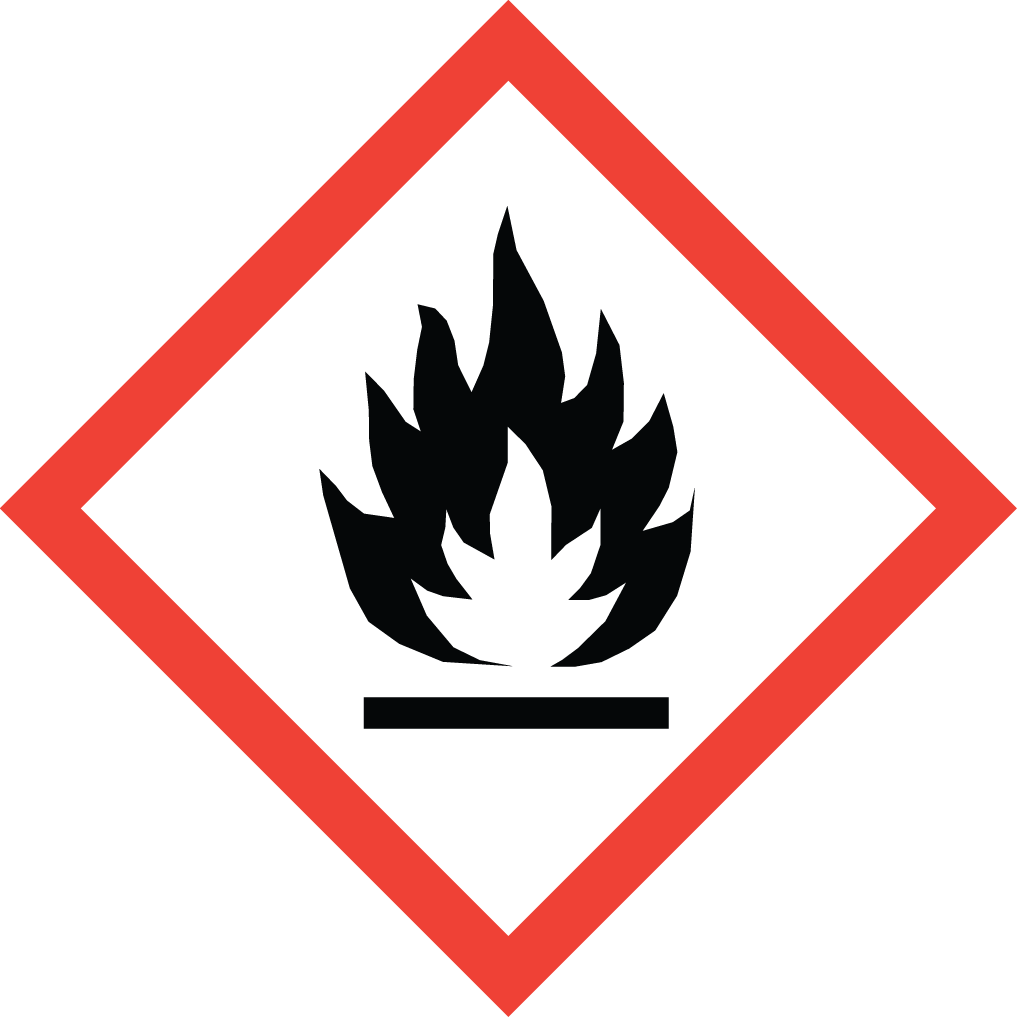 GHS02: Flammable
GHS02: Flammable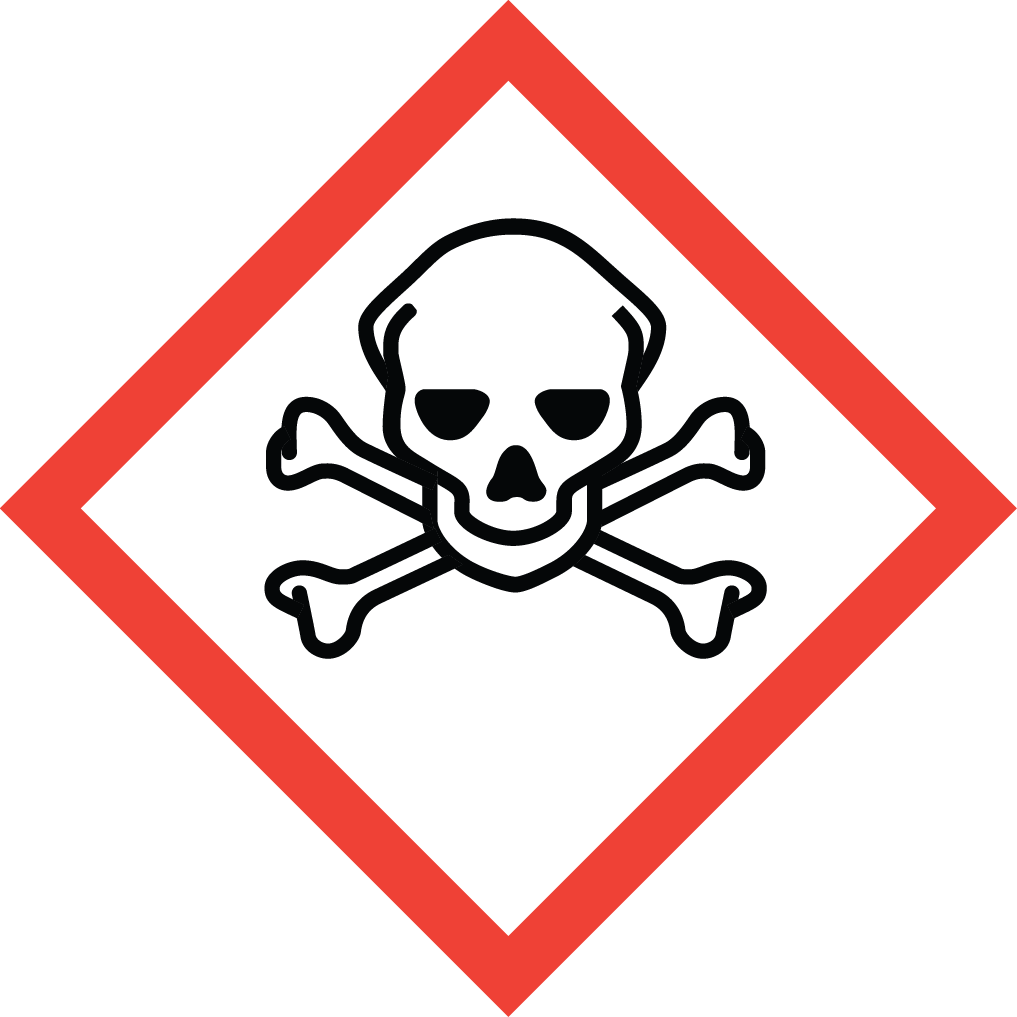 GHS06: Acute toxicity
GHS06: Acute toxicity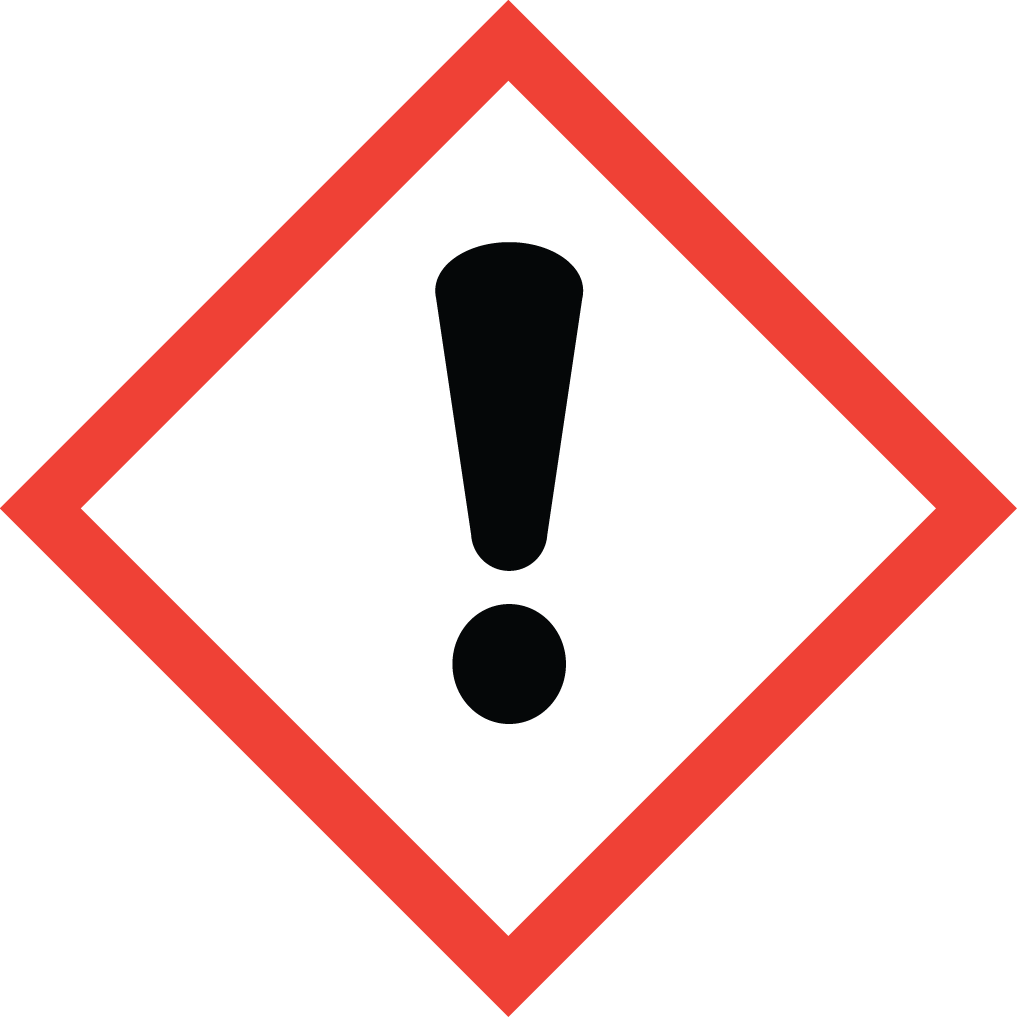 GHS07: Irritant
GHS07: Irritant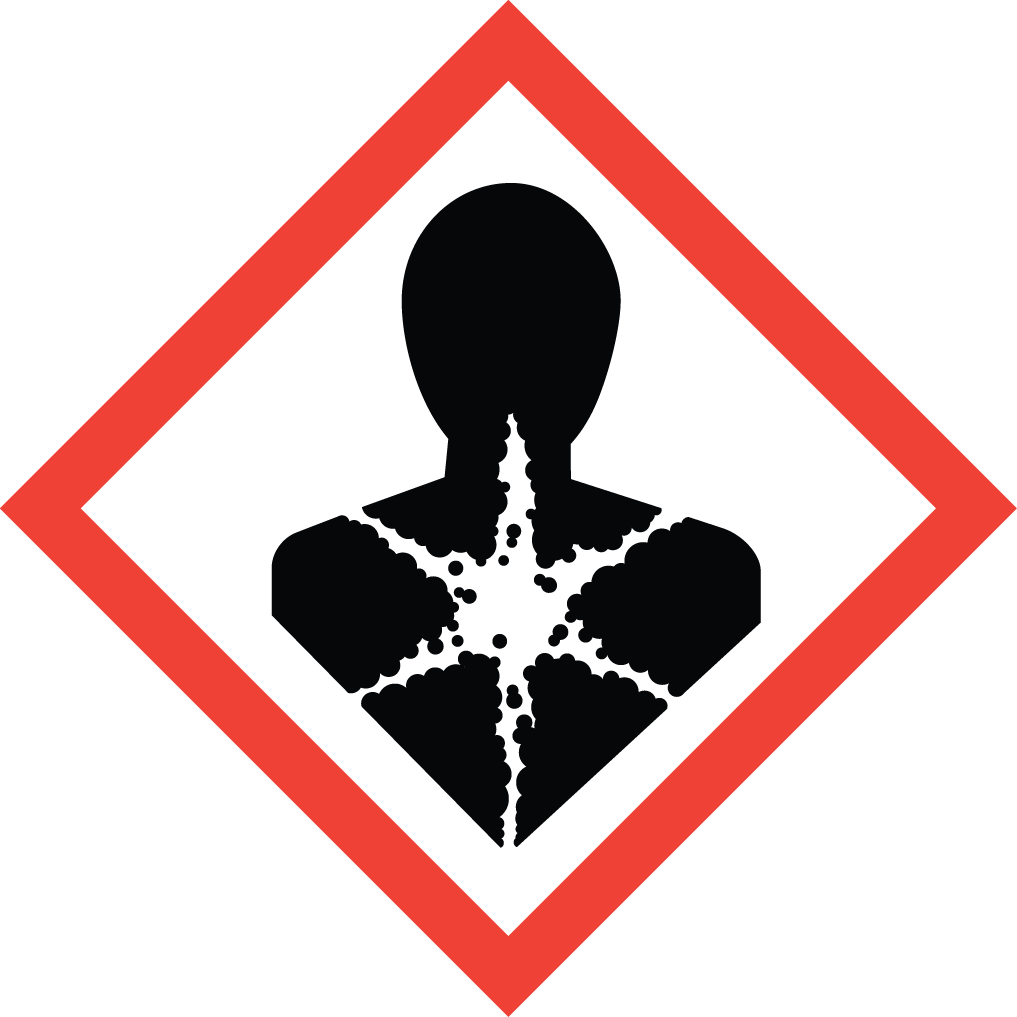 GHS08: Health hazard
GHS08: Health hazard
